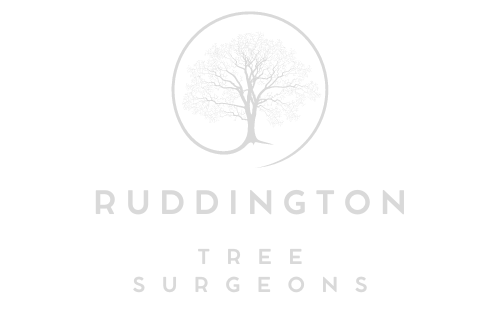Restoring Heritage: Tree Reshaping for Historic Orchard Restoration
Introduction: In the heart of our cultural and agricultural heritage lie historic orchards, cherished repositories of biodiversity, tradition, and beauty. Yet, the passage of time and neglect often leave these venerable orchards needing restoration and rejuvenation. Tree reshaping is a powerful tool in restoring historic orchards, offering a holistic approach to reviving these treasured landscapes. In this article, we’ll explore the art of tree reshaping for historic orchard restoration, celebrating the intersection of conservation, craftsmanship, and stewardship.
Understanding Historic Orchard Restoration:
- Historic orchard restoration involves the revival of orchards dating back decades or even centuries, preserving their cultural significance and ecological value for future generations. These orchards are often home to rare and heirloom fruit varieties, serving as living museums of horticultural diversity. However, years of neglect, disease, and encroaching development can threaten their survival. These orchards can be revitalised through thoughtful restoration efforts, including tree reshaping, ensuring their continued legacy and relevance.
Preserving Heritage Varieties:
- Central to the restoration of historic orchards is preserving heritage fruit varieties, each with unique flavour, appearance, and cultural significance. Tree reshaping plays a crucial role in maintaining the health and vigour of historic fruit trees, ensuring they continue to bear abundant harvests of heirloom fruits. By selectively pruning and shaping trees, arborists can rejuvenate ageing specimens, remove diseased or damaged branches, and promote balanced growth, enhancing the orchard’s productivity and resilience.
Recapturing Historic Aesthetics:
- Historic orchards are characterised by their distinctive layouts, architectural features, and aesthetic appeal. Tree reshaping allows for the recreation of historic orchard designs, incorporating elements such as espaliered trees, low-hanging branches, and open-centred crowns. By restoring these traditional forms, arborists can evoke the charm and character of bygone eras, inviting visitors to step back in time and experience the beauty of historic orchards in their prime.
Enhancing Biodiversity and Habitat:
- Historic orchards are havens of cultural heritage and vital ecosystems teeming with biodiversity. Tree reshaping efforts can enhance habitat diversity within the orchard, providing nesting sites for birds, shelter for pollinators, and forage for wildlife. By incorporating principles of ecological design and permaculture, arborists can create harmonious landscapes where humans and wildlife coexist in balance, fostering resilience and sustainability within the orchard ecosystem.
Engaging Communities and Cultivating Connections:
- The restoration of historic orchards is a collaborative endeavour that engages communities, fosters connections, and celebrates shared heritage. Tree reshaping workshops, volunteer days, and educational programs offer opportunities for community members to participate in the restoration process, learn about orchard ecology, and connect with nature and each other. Involving residents, schools, and organisations, orchard restoration catalyses community building, cultural enrichment, and environmental stewardship.
Conclusion: Tree reshaping holds immense potential as a transformative tool in the restoration of historic orchards, breathing new life into these living treasures of our cultural and agricultural heritage. Through careful pruning, shaping, and stewardship, arborists and volunteers alike can revitalise historic orchards, preserving their legacy for future generations. As we embark on this restoration journey, let us honour the trees’ wisdom, the land’s resilience, and the enduring spirit of collaboration that sustains us all.
Call us on: 0115 647 1186
Click here to find out more about Ruddington Tree Surgeons
Click here to complete our contact form and see how we can help with your tree’s needs.

